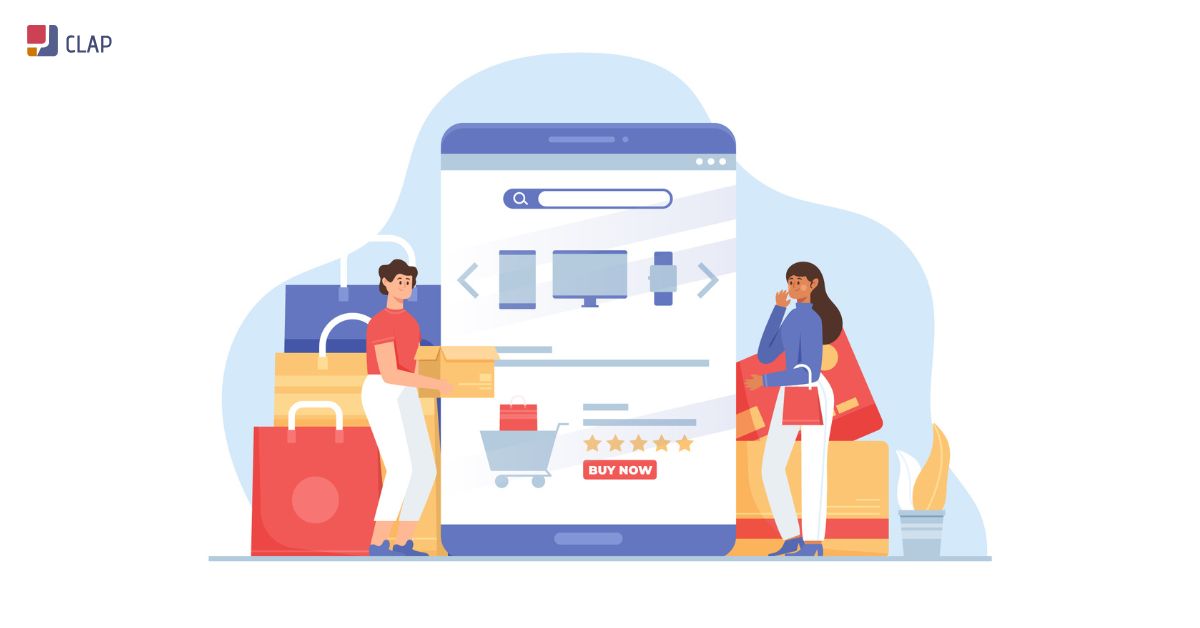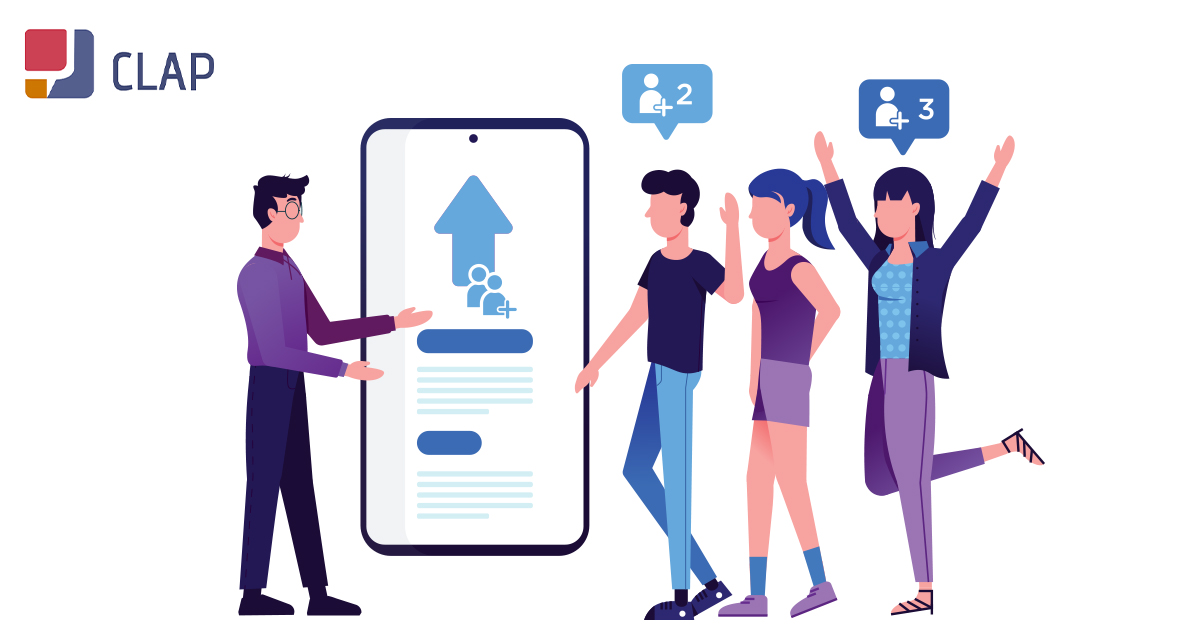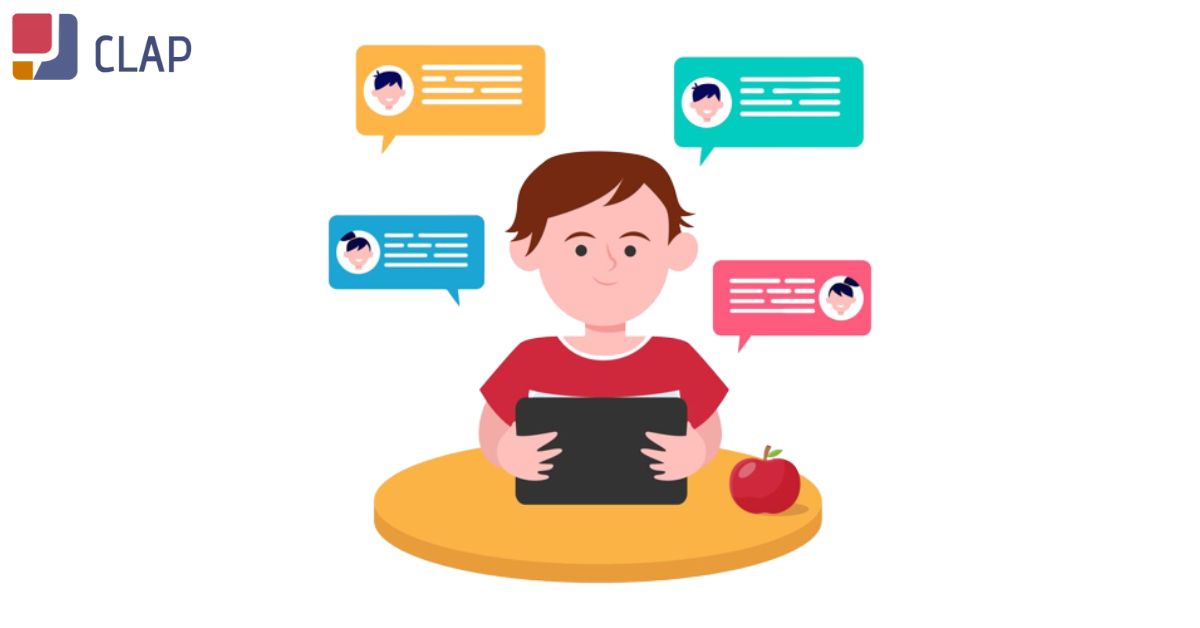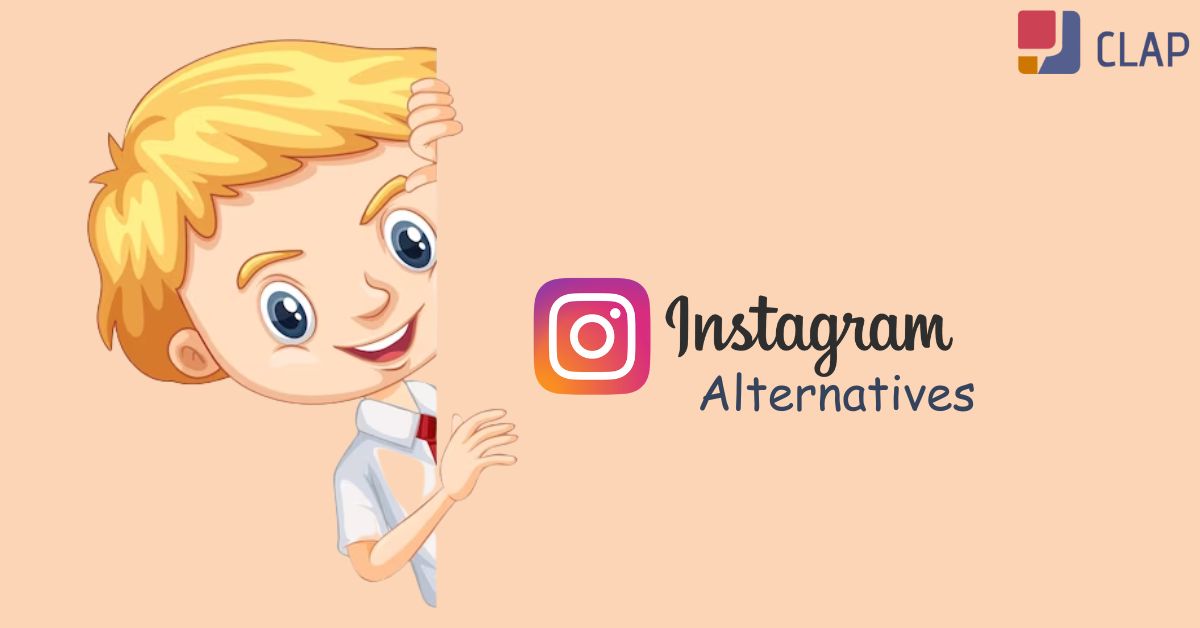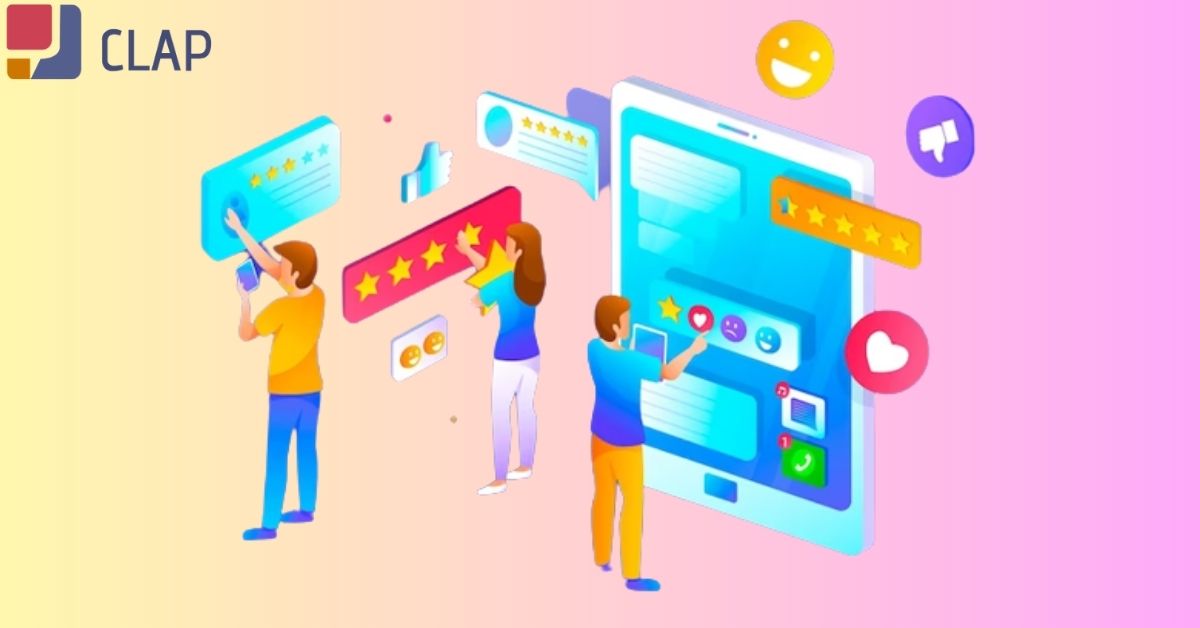Messaging apps for marketing: 5 reasons to use them & best practices
- 5 months ago|
- By Navya

Messaging apps like WhatsApp, Facebook Messenger, Telegram, and WeChat are reshaping how you connect with customers. With more than 3.5 billion global users these platforms enable instant, personalized conversations that can drive higher conversions than traditional email or social media channels.
Understanding messaging app marketing
Messaging app marketing focuses on using these chat-based platforms to build authentic, two-way communication. Rather than sending out static emails, you can engage in real-time conversations that feel personal and efficient. This approach works for every size of business because you’re meeting people where they already spend significant time.
Why interactive communication matters
Unlike email, which can be impersonal, messaging apps allow for direct, immediate feedback. Some of the most effective strategies revolve around push messaging and pull messaging. Whether it’s asking a Telegram bot for shipping updates or clicking on a WhatsApp broadcast offer, customers enjoy the quick, convenient interaction. It’s no wonder brands have seen conversion rates jump by as much as 40% through this form of conversational marketing.
Bridging the gap between tech and authenticity
You don’t need a massive enterprise budget to make this work. Even small businesses can use solutions like Zeely AI to create creatives that will be sent. Zeely AI helps create static advertising materials and generate text optimized for your business needs. This saves you time and effort on creating attractive images and high-converting texts. This ensures you’re not just blasting out messages but actually having meaningful, interactive communication that grows trust and drives repeat business.
What to expect next
In this guide, you’ll learn how to navigate both push and pull messaging, optimize your campaigns for real ROI, and prevent overload or spam concerns. You’ll also see practical tips for combining automated chatbots with personal outreach, so your audience stays engaged without feeling overwhelmed. Whether you’re new to mobile messaging or already running campaigns, now is the perfect time to explore how these platforms can revolutionize your marketing strategy.
Why you’ll find messaging apps are a marketing goldmine
If you’re looking to strengthen customer relationships and boost conversions in a more personal way, this section will show you why messaging apps might be your secret weapon. Prepare to discover how simple, real-time chats can transform your entire marketing strategy.
You’ll connect with customers in real time
Messaging apps aren’t just a side channel, they’re a direct path to real-time customer engagement. With WhatsApp now reaching more than 2 billion monthly users, and billions more on Facebook Messenger, Telegram, and WeChat, these platforms deliver personalized communication that email and social media often miss. If you want to boost your conversion metrics, it makes sense to meet people where they spend most of their digital time.
You’ll beat email with 80%+ open rates
Open rates for interactive messaging commonly exceed 80%, with click-through rates hovering around 30%. That’s far beyond email’s usual 20% open rate. Meta even reports 3x higher engagement for Messenger campaigns compared to email, and big-name brands have seen a 40% bump in conversions by using messaging apps. Luxury labels like Dior do it too, introducing exclusive products on WhatsApp to add instant connection and a sense of VIP access.
You’ll scale conversations without losing that personal touch
What’s driving these results? It’s the power of two-way conversations, immediate replies, and data-driven automation. You can scale outreach with chatbots, CRM integrations, and event-based triggers — without losing that personal feel. Messages arrive in real time, so you can nudge your audience toward action faster, often at a lower customer acquisition cost than you’d spend on typical ad channels.
You’ll succeed even without a big budget
It’s not just for enterprise-scale budgets, either. Imagine a local bakery sending Messenger alerts when a fresh batch of pastries comes out. Customers feel valued, the business gets repeat visits, and the process runs smoothly on minimal tech. Even a single automated sequence can show how real conversations fuel rapid, measurable growth.
You’ll see higher ROI and easy engagement
All the messaging engagement statistics suggest these platforms are where you’ll see your best ROI. If you’re looking to optimize your budget for maximum impact, start by sparking personal, real-time communication, and messaging apps do exactly that.
Why you should master messaging app marketing
If you’re hoping to spark more personal, real-time connections with your customers, this section will show you how messaging app marketing can transform your outreach.
You’ll learn what messaging app marketing really is
Messaging app marketing is the practice of using chat-based platforms to create real-time conversations that feel human and convenient. Rather than sending generic emails that might end up lost or ignored, you use interactive messages and on-demand chats to engage people the moment they’re interested.
These platforms typically see higher open rates than email because messages go right where your customers already spend time. You can automate these interactions, respond live, or mix both approaches. The goal is to build a true dialogue instead of relying on one-sided broadcasts. If you’re just starting out, pick a platform that your audience prefers and set up a simple, three-message sequence — a greeting, a follow-up, and a final nudge to learn more or make a purchase.
You’ll see how push and pull drive your results
Push messaging puts you in the driver’s seat. You reach out first with reminders, offers, or updates. It’s perfect for time-sensitive alerts, like a flash sale or a last-chance promotion, because it nudges people toward immediate action. Pull messaging, on the other hand, shifts the conversation to your customers. They click a “Chat Now” button or scan a code, and they’re the ones choosing to talk to you. This often means they’re already invested enough to ask detailed questions and seek personal recommendations.
A small boutique might anno
unce a weekend sale through WhatsApp, then handle incoming questions on Messenger about product details or shipping. This combination keeps your brand top of mind without overwhelming anyone. Plus, each chat offers direct feedback on what people need, which can guide future decisions.
You’ll discover why it matters for your business
Email can work, but messaging apps put you in front of customers where they’re already scrolling, sharing, and chatting. Fewer messages wind up in spam, and conversations feel more genuine. Metrics like open rate and click-through rate also tend to climb because people get immediate notifications on their phones. As you refine your approach, track who’s clicking and responding so you can see which messages drive the best results. By balancing push and pull, you’ll create an accessible, friendly environment that turns quick exchanges into lasting relationships.
Key strategies & best practices for successful messaging app marketing
If you’re ready to see meaningful results from your messaging campaigns, this section will walk you through how to use both push and pull communication effectively. You’ll discover practical tactics for building trust, engaging your audience, and ultimately driving conversions.
Implementing effective push communication tactics
Push messaging involves sending proactive notifications to your customers via platforms like WhatsApp, Facebook Messenger, or Telegram. You do this to spark real-time engagement, but it only works if people genuinely want your updates. That’s where opt-in compliance comes in. Encourage them to sign up by using simple CTAs on your website or in-store displays. Make sure you store proof of consent to meet legal standards and safeguard trust.
Once you have their permission, break your subscribers into segments that reflect their interests or behaviors. AI can automate your broadcasts, personalizing each message by adding first names or referencing recent purchases. Keep your content short and direct — something like “Enjoy 20% off select items today” usually outperforms vague teasers.
Aim to send no more than one or two push messages per week at first. If your open rates drop below typical benchmarks, scale back or refine who receives which notification. Measure success by checking opt-in growth, click-through rates, and conversions. If your results fall short, try adjusting send times or offering more targeted deals. Over time, you’ll see what resonates with each audience segment.
Maximizing pull communication for deep conversational marketing
Pull messaging turns the tables: customers initiate contact when they need help or have questions, which often leads to higher-intent conversations. Adding a “Chat Now” button to product pages, a QR code in your physical store, or a Messenger widget on your website invites people to reach out at exactly the right moment. That’s where chatbots and conversational AI take over. They guide users with prompts such as, “Looking for something specific?” or “Need size advice?” so each reply feels natural and helps them find what they need.
Think about a small coffee shop’s Messenger bot that starts with, “Are you interested in our daily special or checking out our loyalty program?” This conversation can seamlessly offer relevant info, links, or even a checkout prompt. You can then track metrics like drop-off points, time-to-response, or conversion rate per chat to spot friction and refine the dialogue. Adding an image here or clarifying shipping details there can make a big difference in keeping customers engaged.
Because these chats feel personal and on-demand, people tend to trust pull messaging more than push notifications. They’ve chosen to talk to you, so it’s up to you to respond quickly and personalize the experience. If you run a small store, consider launching a simple FAQ-based chatbot first. See how often people click through or purchase, then add more features once you know what your audience is asking for.
Whether you’re testing your first push campaign or rolling out a chatbot flow, always watch key stats like open rate, click-through rate, and conversion. When you notice patterns, tweak your messages, offers, or timing. Over time, you’ll refine both push and pull tactics to forge stronger customer relationships and drive better results for your business.
How to use messaging apps for marketing
If you rely on static emails or one-way social posts, you’re missing the real-time engagement and conversion potential that messaging app marketing delivers. Apps like WhatsApp, Facebook Messenger, Telegram, and WeChat consistently outperform traditional channels on open rates and click-through rates. Global ad spending in the Instant Messaging Advertising market is forecasted to reach US$209 million by 2025, making it clear these platforms are growing fast.
By now, you’ve seen why messaging apps excel at personalized marketing and how push messaging and pull messaging can work together to create meaningful, two-way engagement. You’ve also learned how conversational AI tools can automate campaigns without losing that human touch. It all comes down to starting small, then refining over time.
If you’re new to this strategy, begin with opt-in compliance so customers feel comfortable signing up. Next, segment your audience by interests or behaviors, and launch a simple chatbot flow for new subscribers. A “Chat Now” button on your website or an automated welcome discount can quickly demonstrate how immediate, two-way dialogue boosts conversions. Keep an eye on open rates, click-through rates, and completion metrics to see what’s working.
Whether you’re a global brand or a neighborhood café, messaging apps give you a direct line to customers who value real-time, authentic connections. Use push tactics to reach broad segments and pull tactics to foster deeper conversations. This combination ensures you’ll stay relevant and helpful rather than overwhelming. The result? Stronger loyalty, better ROI, and a true sense of community around your brand — one message at a time.



